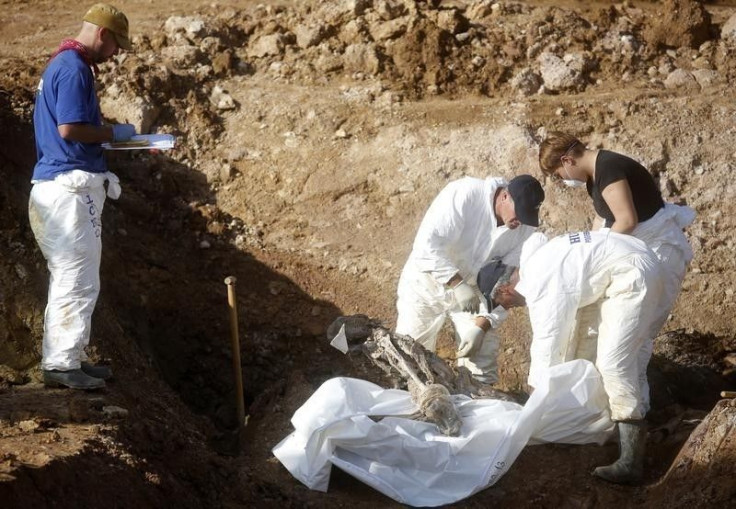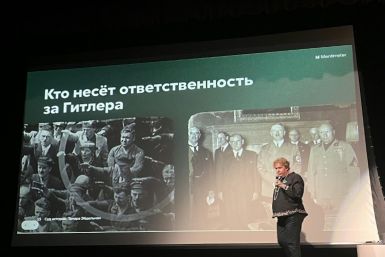Ireland Baby Mass Graves: Govt Initiates Inquiry, 800 Irish Orphans Dumped in Septic Tank at Catholic Home Could Have Been Used as ‘Drug Guinea Pigs’

The government of Ireland on Tuesday announced the launch of a full-scale probe into existing Catholic-run homes for unmarried mothers following the discovery of a septic tank mass grave that revealed the bodies of 800 babies and children.
"The government and the cabinet have decided to establish a Commission of Investigation with full statutory powers to examine all matters pertaining to 'Mother and Baby' homes throughout the state, the AFP quoted Charlie Flanagan, minister for children and youth affairs.
Historian Catherine Corless, who made the discovery, said death records showed 796 children, aged 0 to 8, were dumped in a septic tank near St. Mary's Mother and Baby Home, a home run by the Bon Secours order of nuns in Tuam, in County Galway, between 1925 and 1961.
St Mary's, closed in 1961, is a home for unmarried mothers, labelled "fallen women" at the time. They were sent to the homes to have their babies.
Portal RT News, citing the Irish Daily Mail, said the babies and children could have been "drug guinea pigs." It reported that international drugs giant Burroughs Wellcome in the 1930s secretly vaccinated more than 2,000 care-home kids against diphtheria, to check if their antidote works. It was Michael Dwyer, of Cork University's School of History, who found the medical records of the 2,051 children and babies.
"What I have found is just the tip of a very large and submerged iceberg," Dwyer told the Irish Daily Mail. "The fact that reports of these trials were published in the most prestigious medical journals suggests that this type of human experimentation was largely accepted by medical practitioners and facilitated by authorities in charge of children's residential institutions."
"Sadly, the mass grave at Tuam is probably not unique," Martin Sixsmith, author of "The Lost Child of Philomena Lee," wrote in an opinion piece for the Washington Post.
Flanagan said "active consideration is being given to the best means of addressing the harrowing details."
"Many of the revelations are deeply disturbing and a shocking reminder of a darker past in Ireland when our children were not cherished as they should have been," he said.
Video here.






